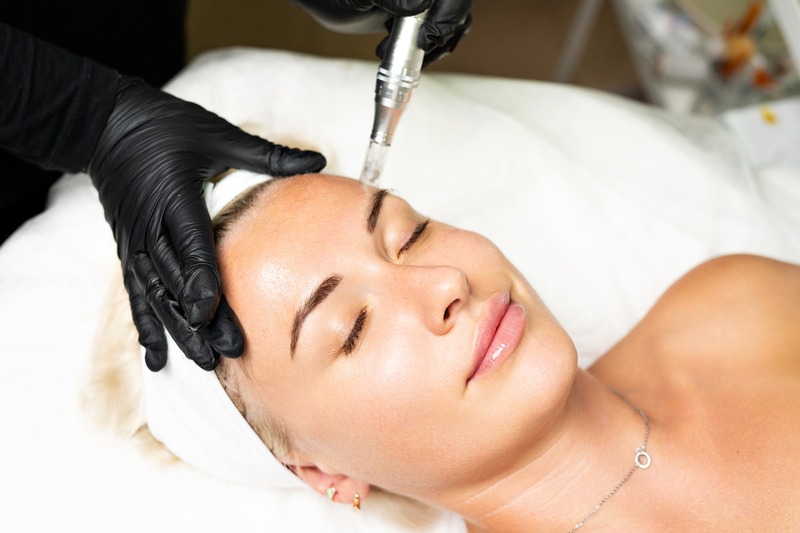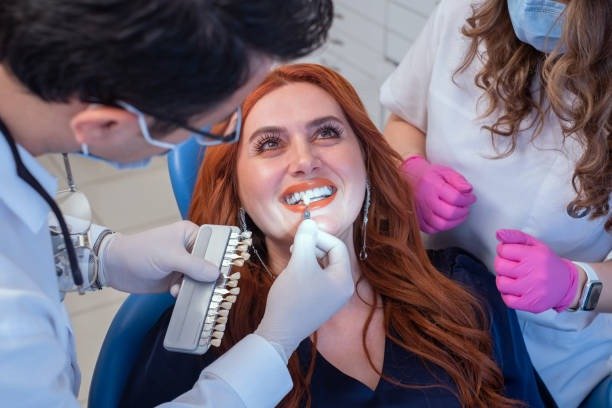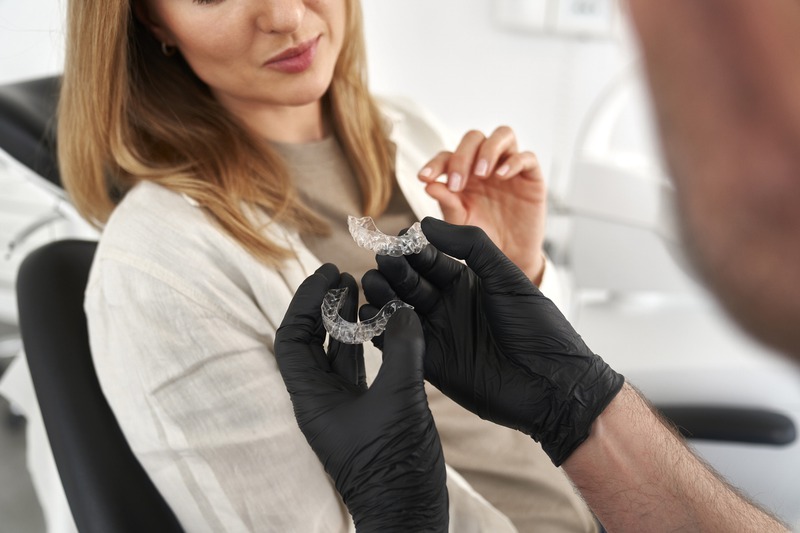Seeking therapy is a big step toward caring for your mental health, but with so many options out there, finding the right therapist can feel overwhelming. How do you know you’re choosing someone skilled, trustworthy, and genuinely invested in your well-being? In this article, we’ll walk you through the essential factors to consider so you can confidently choose a therapist who fits your unique needs and goals. Let’s start by getting to know the basics and then look into specifics so that you can take that next step with peace of mind.
Understanding Your Needs and Goals
Before you begin your search, take a moment to reflect on why you’re seeking therapy. Are you hoping to work through anxiety, depression, relationship conflicts, grief, trauma, or simply want to grow as a person? Understanding your primary concerns can guide you in narrowing down the specialties and approaches that will be most helpful.
Questions to Ask Yourself
-
What are my main reasons for seeking therapy?
-
Do I prefer individual sessions, or do I want to work as a couple or with family?
-
Am I more comfortable with in-person or online sessions?
-
Do I want a therapist with a specific background (gender, age, cultural experience)?
What Makes a Therapist Trustworthy?
Trust is critical in therapy. Your therapist will hear your deepest concerns, so you want to feel safe sharing openly. Trustworthiness comes from a combination of qualifications, experience, ethical practices, and that intangible “gut feeling” you get when you meet the right person.
-
Professional Credentials: Look for licensed professionals with a background in the types of therapy you need.
-
Experience: Years in practice often equate to stronger expertise, especially in specific issues.
-
Confidentiality: Ethical therapists maintain strict confidentiality, making it easier for you to open up.
Checking Qualifications and Credentials
Legitimate therapists have proper education and licenses. Don’t hesitate to ask about:
-
Degrees: Typical credentials include LCSW, LMFT, LPC, Ph.D., or Psy.D.
-
Licensing: Therapists should be licensed in their state, which you can verify online.
-
Certifications: Special training or certifications in areas like trauma or family therapy are a plus.
It’s perfectly normal to ask a therapist about their background, specialties, and experience before making your first appointment.
How to Verify Their License
-
Search your state’s mental health licensing board website
-
Look up the therapist by name or license number
-
Confirm there are no disciplinary actions or red flags
Understanding Therapeutic Approaches
Therapists use a variety of techniques, and some may resonate more with you than others. Popular modalities include Cognitive Behavioral Therapy (CBT), Acceptance and Commitment Therapy (ACT), psychodynamic therapy, EMDR, and person-centered therapy, among others. Each approach has its strengths, so get familiar with the basics and ask potential therapists about their preferred methods.
Why Approach Matters
-
CBT: Structured, goal-oriented, problem-solving approach
-
Psychodynamic: Explores unconscious emotions and past influences
-
EMDR: Designed for trauma processing
-
Humanistic: Focuses on self-growth and potential
Personal Compatibility Counts
Credentials are important, but so is the connection you feel. You want a therapist who listens, understands, and communicates clearly. During a first session (often a consultation), ask yourself:
-
Do I feel comfortable talking with this person?
-
Are they attentive, nonjudgmental, and empathetic?
-
Can I imagine building a trusting relationship here?
If it doesn’t feel right, that’s okay! Finding the right fit can sometimes take a few tries. Trust your instincts—you deserve to work with someone who puts you at ease.
Balancing Practical Factors
Sometimes, logistics can make or break therapy attendance. Consider these details as you choose:
-
Location: Is the office easily accessible, or do they offer telehealth or virtual sessions?
-
Scheduling: Are appointment times convenient for your life?
-
Cost: Does the therapist accept your insurance, or is there a sliding scale for fees?
Don’t let confusion about logistics stop you from reaching out. Therapists (or their support staff) can explain all your options clearly.
Reading Reviews and Seeking References
Reading reviews or testimonials from other clients can give you a sense of the therapist’s strengths and personality. Keep in mind, however, that therapy is highly personal—one person’s experience may not predict yours. If possible, ask trusted friends, relatives, or healthcare providers about recommendations. Some therapists are also happy to provide references from colleagues or share more about their style if you’re nervous about making that first appointment.
Online Directories and Forums
-
Therapist directories allow you to filter by specialty, gender, insurance, and approach
-
Mental health forums sometimes share honest experiences about what to expect
For example, if you’re seeking trauma therapy in Nashville, TN, online searches combined with community recommendations can help you identify practitioners who specialize in your area of need, making the process less daunting and more personalized to your circumstances.
Asking the Right Questions During Consultation
The initial consultation is your chance to gauge whether you feel comfortable and supported. Come prepared with questions to get a sense of their style, training, and approach. Here are a few questions to consider:
-
What is your experience with issues like mine?
-
What therapeutic techniques do you use?
-
How do you ensure client confidentiality?
-
What can I expect from the first few sessions?
-
How do you measure progress?
-
What is your cancellation policy?
Trustworthy therapists welcome your questions and answer transparently. If someone seems evasive or dismissive, take it as a red flag and continue your search.
Understanding Boundaries and Ethics
Professional boundaries are vital in therapy. Your therapist shouldn’t be your friend but rather a safe, objective supporter. Ethical therapists maintain proper boundaries, respect confidentiality, and prioritize your well-being above all else. If you ever feel uncomfortable or notice any inappropriate behavior, such as oversharing, violating your privacy, or making you feel judged, it’s important to move on to someone else.
-
Sessions start and end on time
-
Communication is respectful and professional
-
The therapist keeps your information private
Always trust your instincts regarding personal safety and comfort. If you’re unsure about a therapist’s behavior, consult with a professional board or mental health advocate for guidance.
Another important point is the value of working with experienced therapists who have successfully handled similar cases. Their expertise can often make a significant difference in understanding and addressing complex challenges, ensuring that your journey toward healing is both informed and compassionate.
Should You Try Multiple Therapists?
Finding the right therapist can be similar to dating—you may not “click” with the first person you meet. It’s perfectly acceptable to try a few sessions with different therapists before committing. Most reputable therapists understand this and will even encourage you to do what’s best for you. The ultimate goal is your personal growth and healing, not your ego or business. Don’t be afraid to ask for referrals if you feel a different approach might serve you better.
Steps to Take if It’s Not a Match
-
Thank the therapist for their time and honesty
-
Articulate what didn’t work for you (if you feel comfortable)
-
Seek referrals or recommendations from the therapist
-
Continue your search without guilt—you deserve the right fit!
Relationship counseling also falls under this category. If you’re interested in strengthening your bond, click here to know more about couples therapy and discover how evidence-based techniques can benefit partners navigating challenges together.
Ways to Maintain Progress After Finding Your Therapist
Once you’ve found a therapist you trust, maintaining momentum is key. Here’s how to get the most from your sessions:
-
Set clear goals: Work with your therapist to outline what you hope to achieve.
-
Be honest: Remember, the more you share, the more you’ll gain from therapy.
-
Give feedback: Let your therapist know what works for you and where you’d like to adjust your approach.
-
Stick to your appointments: Regular sessions build positive momentum and growth.
-
Practice skills between sessions: Implement strategies and coping skills discussed during therapy in your daily life.
Final Thoughts
Choosing a therapist is a deeply personal process, but you don’t have to navigate it alone or in the dark. By considering your needs, verifying credentials, paying attention to your instincts, and asking essential questions, you’re well on your way to finding a trusted ally on your journey to better mental health. Remember, your feelings matter—don’t settle for anything less than feeling supported, respected, and understood. Taking this step is a powerful act of self-care, and you deserve the best guidance available as you move forward.










